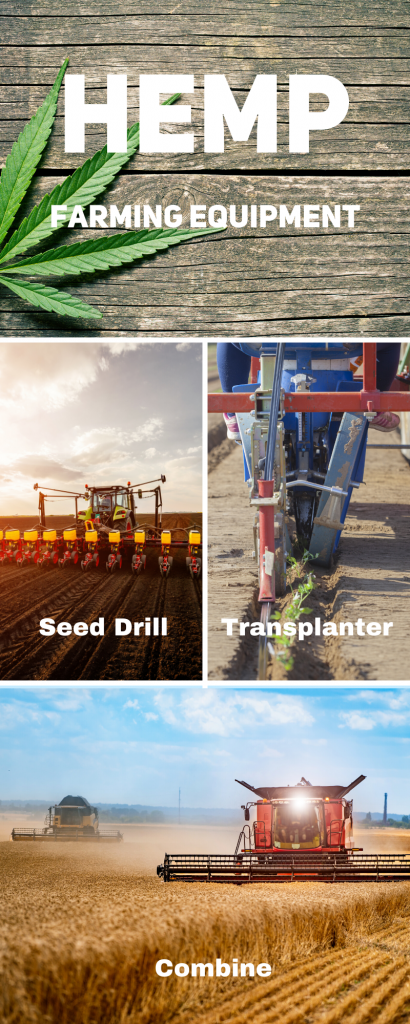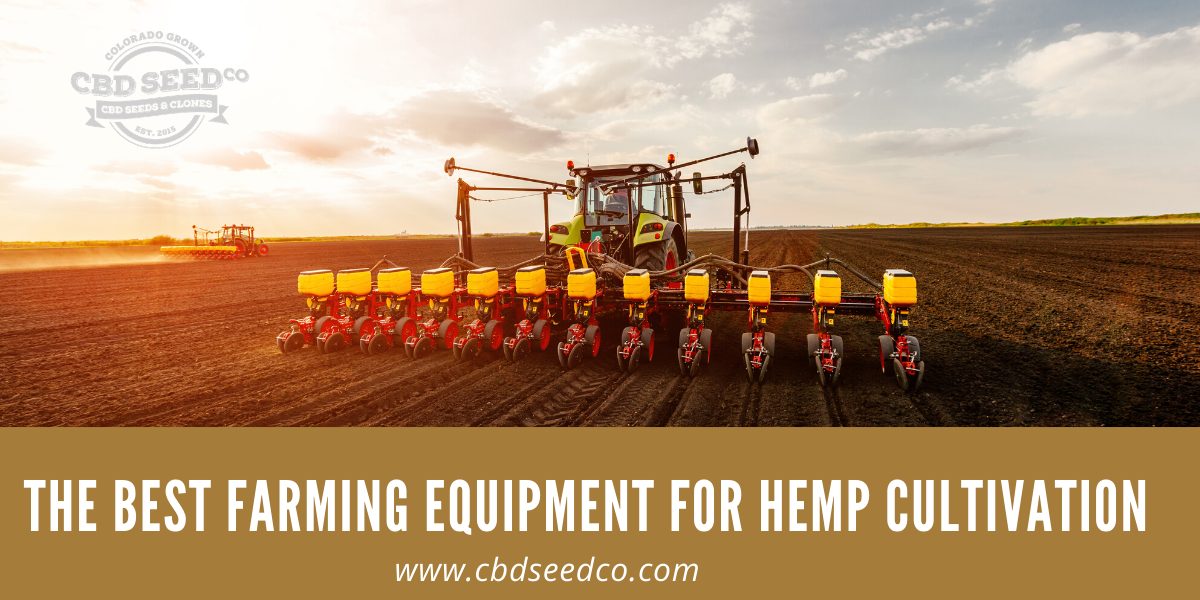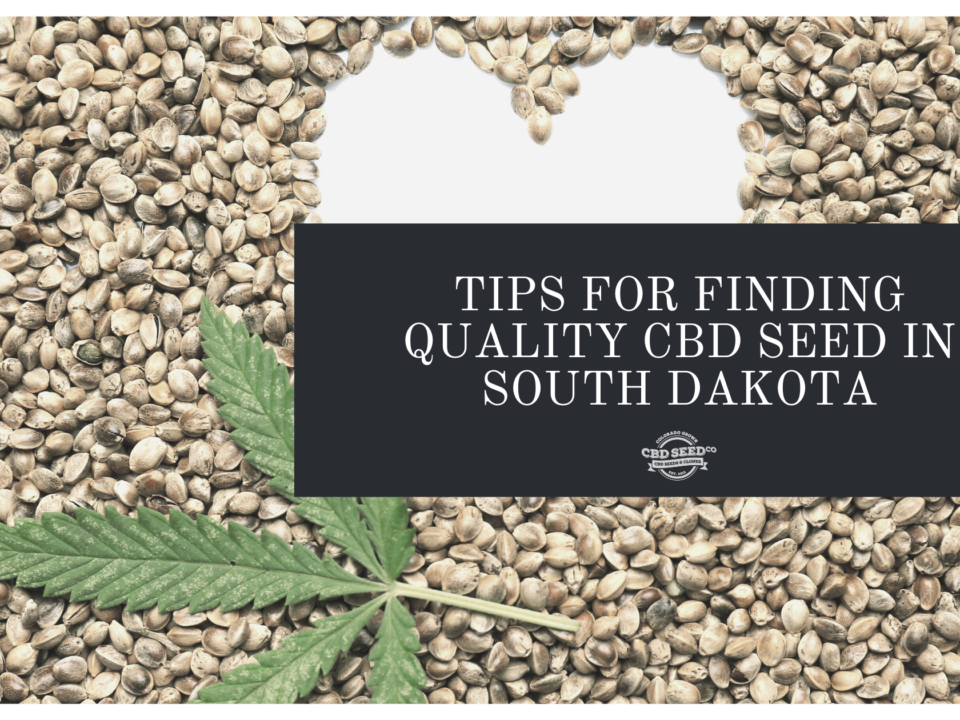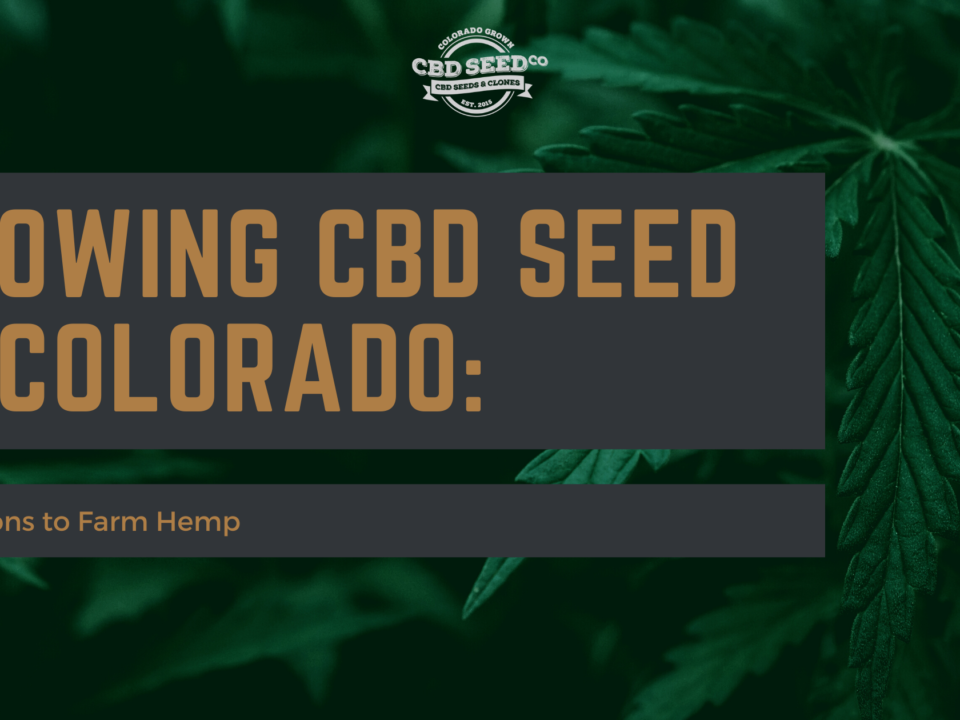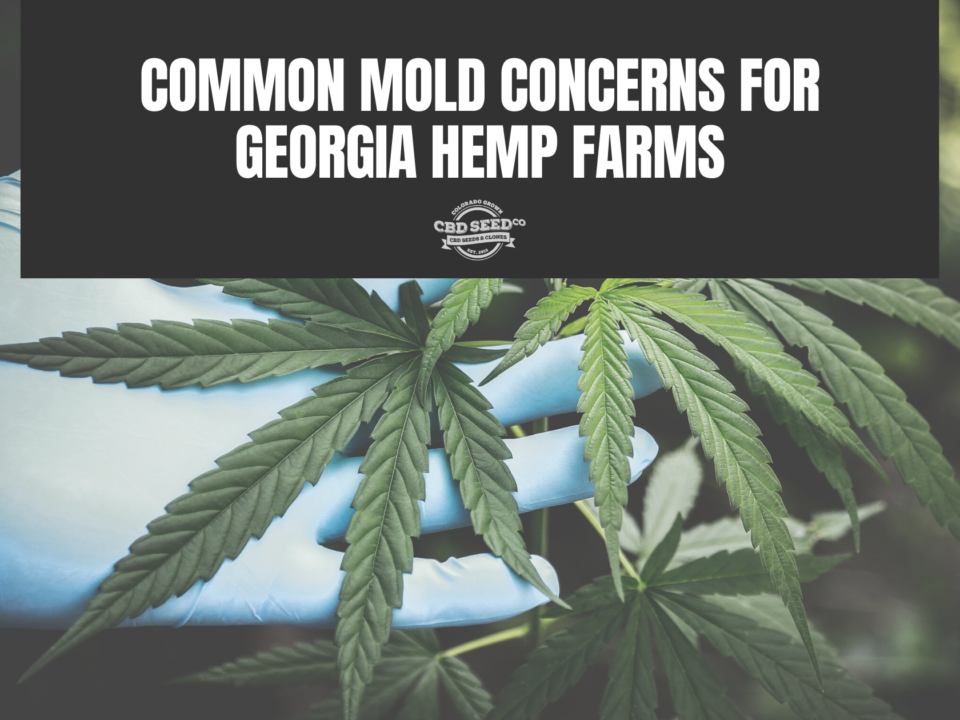The Best Farming Equipment for Hemp Cultivation

5 Benefits of Feminized CBD Hemp Seeds
February 3, 2020
Organic Farming Practices for Growing Hemp
February 11, 2020Growing hemp is as much of a science as the CBD extraction and/or manufacturing processes that will follow your harvest. This can make the venture a little bit intimidating but the good news is almost all the age-old technology developed for growing familiar agriculture like wheat and corn–apply to hemp–with a few exceptions. However, the purpose for which you are growing the hemp does make a significant difference in planting methods and slight variations in harvesting methods/tools.
Why Your End Hemp Product Affects How You Plant Hemp Seeds
The first thing to understand about hemp growing, before you dive into farming equipment is how planting practices will vary based on your final hemp output/product. From CBD to textiles and just straight biomass, the recent explosion of hemp use is reaching into nearly every aspect of our daily lives. As such, there are growing methods to match each end-use. An important part of deciding which equipment to buy and use whether the hemp will be used for CBD or other applications like textiles, paper or plastics. Most of the time, for non-CBD uses, hemp is planted more densely. This means around 400,000 plants per square acres. However, for CBD extraction the shift in density is significant–only about a maximum of 1,600 plants per acre. The reason for this difference is which part of the hemp plant is being used: taller stalks for industrial hemp, lower flowers for CBD hemp. Therefore, while some farming equipment may be the same for both–there is some variation.
Farming Equipment For Hemp
Seed Drill: As you know, it all begins with seed and soil. While buying a high-quality seed will get you far– a seed drill will streamline the sowing process–dramatically increasing the efficiency of your hemp operation. This is because a seed drill meters out individual seeds, placing them at the correct depth in the soil, and covering them. A covered seed is protected from wind and bird–increasing the chances it will grow into a beautiful, mature hemp plant.
Transplanter: Some farmers choose to start from hemp clones. If this is your business model then a transplanter is truly the best way to move large volumes of delicate young hemp plants into your fields. One of the biggest benefits being you can precisely control spacing and position. These machines are typically used with low-density planting, so before purchasing this for industrial hemp, understand that type of hemp is usually direct-seeded by seed drills.
Combine: A piece of farmer equipment invented way back in 1834 it–it was created to (as the name implies) combine three separate operations (reaping, threshing, and winnowing). It works nearly the same with hemp stalks. But, since the machine is a more “blunt” tool, it is almost always used for industrial hemp–as the rough process does too much damage to delicate CBD flowers.
CBD Hemp Harvester: Combine harvesters don’t play nice with CBD use plants because they are too rough on the plant. This means to harvest your CBD plant and get the best yield, you must use a CBD hemp harvester. These machines precisely cut and load each CBD hemp leaving the plant’s more delicate flowers unscathed. plant’s structure.
These are the primary tools used in hemp farming. For more information on anything related to the hemp industry: seeds, oils, farming, processing and more, contact CBD Seed Co. We are part of one of the largest vertically integrated hemp companies, Hemp Depot, in the US and can help you on your way from seed to sale.
